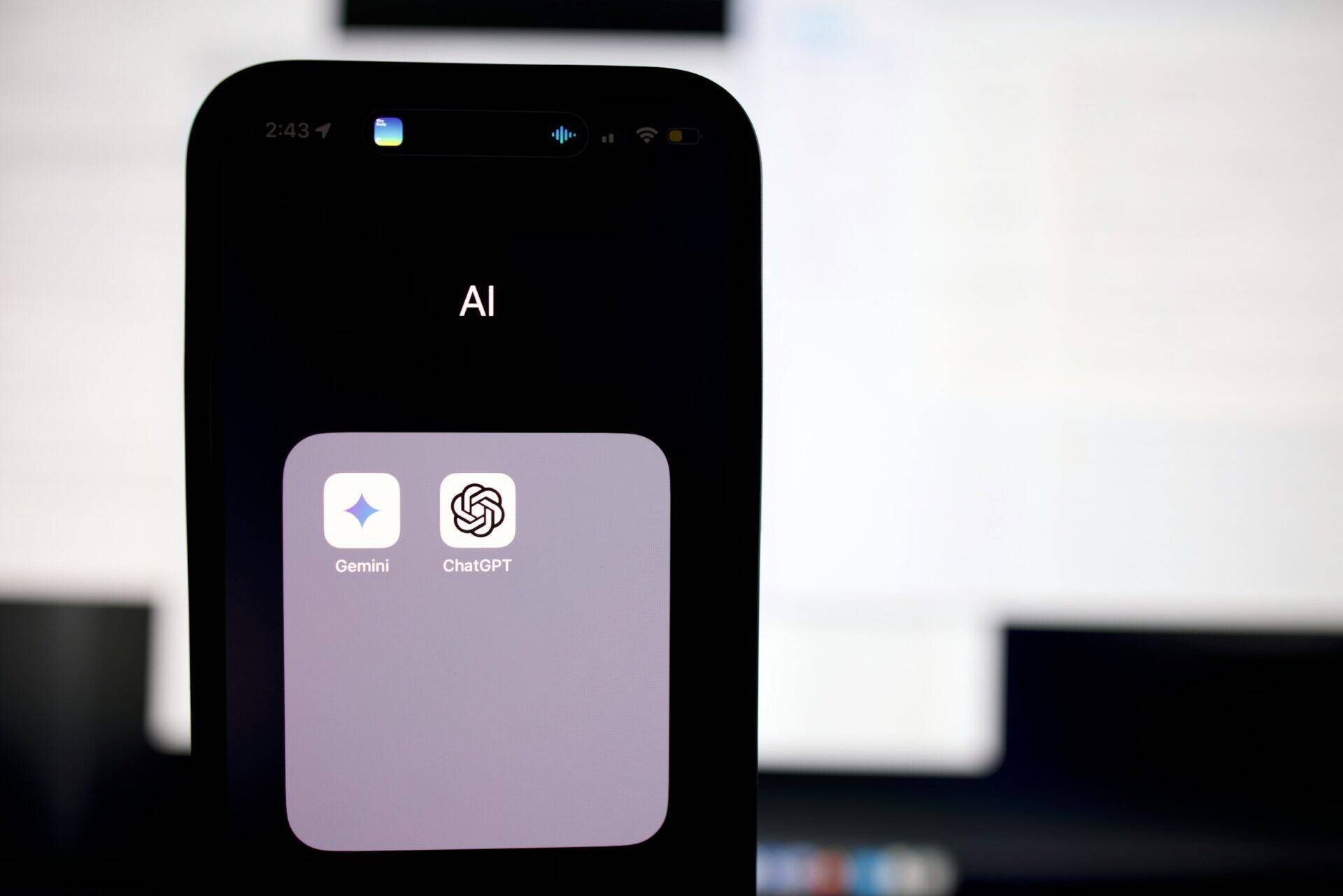[ The RAG model - #3 ] The risks of models used in a RAG
In the world of artificial intelligence (AI), text generation models have made considerable progress in recent years. Among these innovations, the RAG (Retrieval-Augmented Generation) based model stands out as a particularly promising model. However, the models used in a RAG present risk that must be considered to avoid negative consequences. In this article, we will explore the risks of models used in a RAG, how to mitigate them and what the challenges are.
What are the risks of the models used in a RAG?
The models used in a RAG present several risks that can have negative consequences:
- Bias and partiality: Language and research models can be biased and partial, which can lead to inaccurate or unfair results.
- Loss of confidentiality: Search and selection models can access sensitive information, which can lead to confidentiality problems.
- Data dependency: Language and search models can be dependent on the data used to train them, which can lead to inaccurate results if the data is incomplete or inaccurate.
- Vulnerability to attack: Language and search models can be vulnerable to attack, which can lead to negative consequences such as loss of data or corruption of results.
How can the risks of the models used in a RAG be mitigated?
To mitigate the risks of the models used in a RAG, it is important to take the following measures:
- Training models with diverse data: Language and search models must be trained with diverse data to avoid bias and partiality.
- Use of confidentiality protection techniques: Search and selection models must use confidentiality protection techniques to protect sensitive information.
- Evaluation and validation of models: Language and search models must be evaluated and validated to guarantee their accuracy and reliability.
- Implementation of security mechanisms: Language and search models must be protected by security mechanisms to prevent attacks.
What are the challenges involved in mitigating the risks of the models used in a RAG?
To mitigate the risks of the models used in a RAG, it is important to address the following challenges:
- Development of more robust models: Language and search models need to be developed to be more robust and less vulnerable to attack.
- Leverage robust data protection mechanisms: Allow the vectors in large language models to be utilized even when they are encrypted.
- Improving data quality: The data used to train language and search models needs to be improved to ensure accuracy and reliability.
- Implementation of standards and regulations: Standards and regulations must be put in place to guarantee the security and confidentiality of language and search models.
- Training and awareness: Developers and users of language and search models must be trained and made aware of the potential risks and negative consequences.
Conclusion
The models used in a GenAI present risks that must be considered to avoid negative consequences. To mitigate these risks, it is important to take the necessary measures such as training the models with a variety of data, using confidentiality protection techniques, evaluating and validating the models, and putting in place security mechanisms. Challenges to mitigating the risks of models used in a GenAI include developing more robust models, improving data quality, implementing standards and regulations, and training and raising awareness among developers and users.
![[ The RAG model - #3 ] The risks of models used in a RAG](https://www.apside.com/app/uploads/2024/09/misha-feshchak-sycxk9wndqq-unsplash.jpg)










